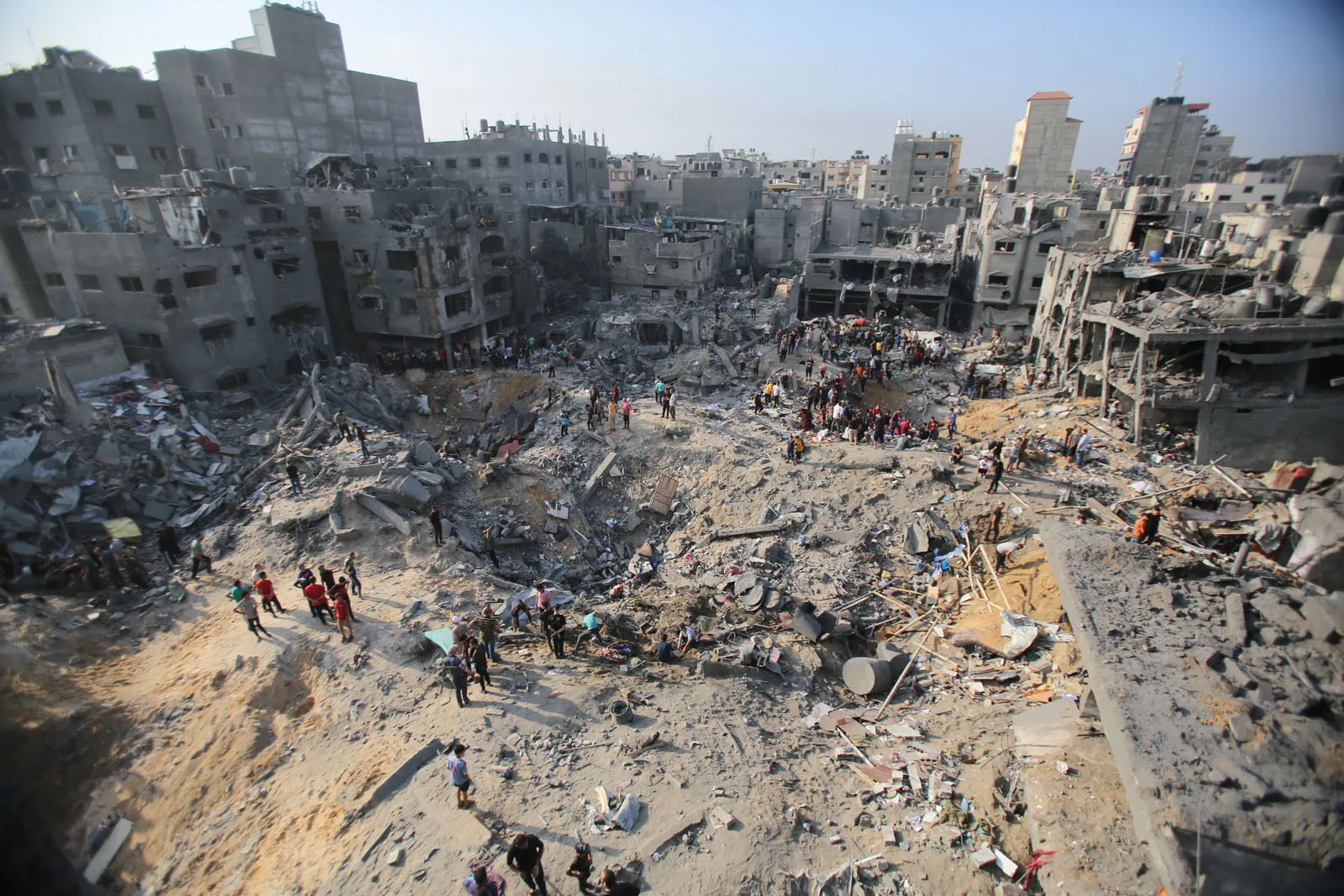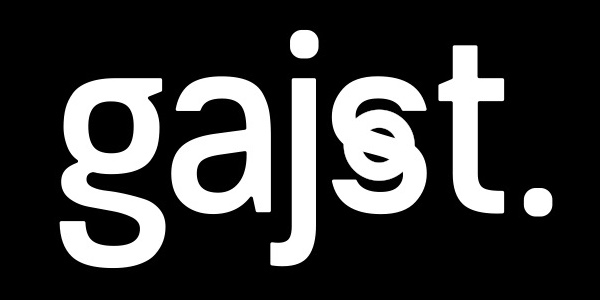U.S. Elections 2024
(Research Menu)
The autumn edition of the Gajst Research Menu is dedicated to the most anticipated electoral battle of 2024. Elections have taken place in India, Austria, the Solomon Islands, the UK, Croatia, and many other places, but the most anticipated and widely covered by the media are, of course, the elections in the United States.
We aim to capture the broader picture of American society. Through articles, books, documentaries, podcasts, and music, we will explore the background of a country that is, in many ways, full of contradictions—a nation that some admire enthusiastically, while others blame it for most of the world’s problems today.
Welcome to the political autumn.
- Shapiro, Chomsky, Štefančič, Mearsheimer, Trump,…
- Pictures, Films, Articles, Podcasti.
- Michelin Star.

The Israeli–Palestinian Conflict (Research Menu)
What is our collective responsibility when we witness a conflict and the suffering of others with a sense of weakness? Empathy, education, analysis, dialogue. Even if you forget everything we tell you about this specific conflict, we want a framework for reflection to remain with you. A literal analytical framework. We have decided to publish a framework for independent research.
This menu is for all the impatient, the curious, and those hungry for different perspectives. Just like the conflict, this menu is complex. Each “dish” is carefully selected to add to the richness of the selection. We don’t pretend to be fancy with a short menu and small portions. For the curious, there’s a tasting; for researchers, there are à la carte options. For those with “dietary restrictions,” the list of “allergens” is on the back page.
Enjoy your meal!
- Netanjahu, Pappé, Arafat, Krevs,…
- Images, Films, Articles, Podcasts.
- Digestiv included.

How does it work?
Where do we source from when conducting a research menu?
Any piece of information can provide us with a fragment of the bigger picture of a given case. We must be aware that the topics we deal with are complex issues, touching upon various scientific findings to which many authors have dedicated their entire lives. These findings are then generalized and, above all, popularized to the point where they are used by the wider public. When this knowledge enters the media space, it is analyzed in parallel with current events by many experts and (non-)experts, who collectively shape certain perceptions of the conflict. Some stick to talk shows and articles, while others go as far as producing a full documentary or even a feature film. Regardless. Every media draws its knowledge from somewhere—be it non-fiction like a scientific article or an international treaty, or something as appealing as a Hollywood production. Every piece of information contributes to the picture—the understanding we all ultimately share.
How is a research menu structured?
Each research menu is similar to a restaurant menu. It has a start and an end. Cold and hot dishes, appetizers, and main courses. We’ve also added wine pairings and digestifs (for the more serious). Cold appetizers are usually easier to digest, meaning they don’t require extensive prior knowledge of international relations, law, economics, and so on. However, the content is still at a certain level, so we recommend a minimum baseline of knowledge before diving in. After all, this is just food for thought.
How should I study the research menu?
The research menu is comprehensive. It ranges from specific international treaties to general overviews of the conflict. To start, we recommend acquiring a basic understanding of the conflict, so that the rough chronological sequence of events isn’t an issue. Then, you can quickly start from the first page and deepen your “timeline” with the provided content.
Why study a research menu when I can find out everything from Chat-GPT?
Okay sweetie.

